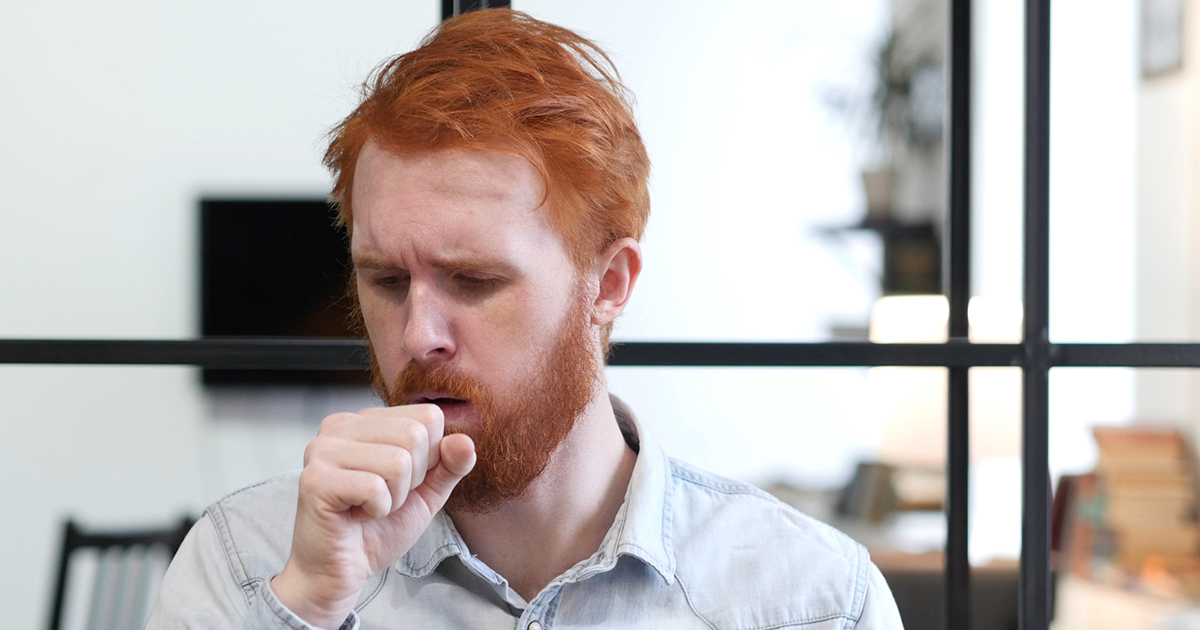How To Treat An Arrhythmia
Everyone's heart is supposed to have a regular rhythm to it that comes in at a certain amount of beats per minute. A person's heartbeat should be consistent to the point where they're unaware of it when not focusing their attention on the rate or rhythm of the heartbeat. When someone is suffering from arrhythmia, it's possible their heart is beating too slow, too fast, or at a rhythm that's simply considered irregular in another manner. There are several arrhythmia types patients could be affected by, each of which come with minimal symptoms save for a fluttering in the chest or a slow or racing heartbeat. The presence of arrhythmia can cause a wide range of dangerous complications, which is why it's essential to obtain treatment for an arrhythmia before it worsens.
Pacemaker Insertion

One treatment option available for a variety of arrhythmias is pacemaker insertion. A pacemaker is a type of implantable device that can actually control the rhythm of an individual's heart. If the rhythm is irregular, the placement of a pacemaker will allow a more normal heartbeat, which will stave off any complications from the arrhythmia. A pacemaker is a tiny device positioned directly under the skin just below the patient's collarbone. This can be achieved in a small surgical procedure. During this procedure, the wire connected to the pacemaker will be filtered over to the heart, which is where it will be permanently positioned. Once the pacemaker is implemented and is working properly, tiny electrical impulses will be sent to the patient's heart, which helps to stimulate the heart and create a more normal beat pattern.
Learn more about how to treat an arrhythmia now.
Vagal Maneuvers

Patients diagnosed with tachycardia can likely benefit from vagal maneuvers during treatment. This type of arrhythmia is a fast heartbeat that can make it seem as though the patient's heart is racing. Vagal maneuvers provide patients with the ability to stop the arrhythmia in some cases. These maneuvers can include such actions as the individual placing their face into ice water, straining and holding their breath while doing so, and coughing. Each of these actions affects the portion of their nervous system that directly manages their heartbeat, which should reduce their heartbeat and get rid of the arrhythmia. While this form of treatment is considered highly effective, it may not always provide relief for the arrhythmia a patient experiences.
Keep reading to reveal another method of treating an arrhythmia now.
Cardioversion

There are a variety of arrhythmias like atrial fibrillation that can be treated with a form of treatment known as cardioversion. The unique aspect of this treatment is it can be provided to patients as a medical procedure or through the use of certain medications. When this treatment is being administered to patients through a medical procedure, electric shocks will be sent to their heart, which can be done by placing electrodes directly on their chest. The procedure is a relatively simple one, and it can be completed in an hour or so. It also comes with very little recovery time. Whether the patient is suffering from a fast heartbeat or an irregular one, this treatment should help restore their heartbeat to a more normal rhythm. The reason an arrhythmia occurs in the first place is because electrical signals are unable to travel through the upper areas of their heart. The usage of this treatment allows patients to replace the damaged electrical signals with new ones. While medications can be used in the place of electric cardioversion, these medications will take longer to go into effect.
Uncover the next option for treating an arrhythmia now.
Catheter Ablation

Catheter ablation is a safe and straightforward treatment that can be used for several types of arrhythmia. During catheter ablation, patients will be provided with local anesthesia that will numb the area to keep them from experiencing pain during the procedure. Catheters are very flexible tubes sent through the patient's blood vessels and into their heart. The blood vessels used for sending the catheters to the heart can be located on the patient's neck, upper thigh, groin, or arm. These catheters are commonly equipped with wire electrodes that can identify where the abnormal heartbeat is located. These electrodes will then be used to damage a portion of the patient's heart tissue with a small amount of extreme cold, radio-frequency energy, or high heat. The development of scarring along the damaged tissue creates a barrier that keeps the abnormal electrical signals from reaching the healthy portions of the patient's heart, which means they will no longer suffer from arrhythmia.
Get the details on more ways to treat an arrhythmia now.
Maze Procedure

If none of the aforementioned treatments have been able to correct a patient's arrhythmia, they may need to undergo a form of surgery known as the maze procedure. The surgeon performing the procedure will make several incisions within the heart tissue located along the upper area of the patient's heart. If performed correctly, these incisions will create a maze of scarring that helps prevent abnormal electrical impulses from reaching the heart. Scar tissue is unable to conduct electricity, which means any unwanted electrical impulses being sent to the patient's heart will be stopped in their tracks. Once the surgery has been administered, the irregular heartbeats should stop altogether. Although this is a relatively simple surgery that comes with hardly any risks to it, patients don't want this surgery unless the other treatments have proven to be ineffective or they are about to undergo a heart surgery entirely separate from their arrhythmia.
